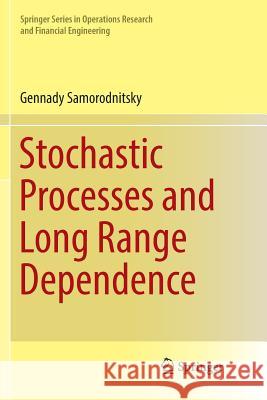Stochastic Processes and Long Range Dependence » książka
topmenu
Stochastic Processes and Long Range Dependence
ISBN-13: 9783319833217 / Angielski / Miękka / 2018 / 415 str.
Kategorie:
Kategorie BISAC:
Wydawca:
Springer
Seria wydawnicza:
Język:
Angielski
ISBN-13:
9783319833217
Rok wydania:
2018
Wydanie:
Softcover Repri
Ilość stron:
415
Waga:
0.59 kg
Wymiary:
23.39 x 15.6 x 2.21
Oprawa:
Miękka
Wolumenów:
01











